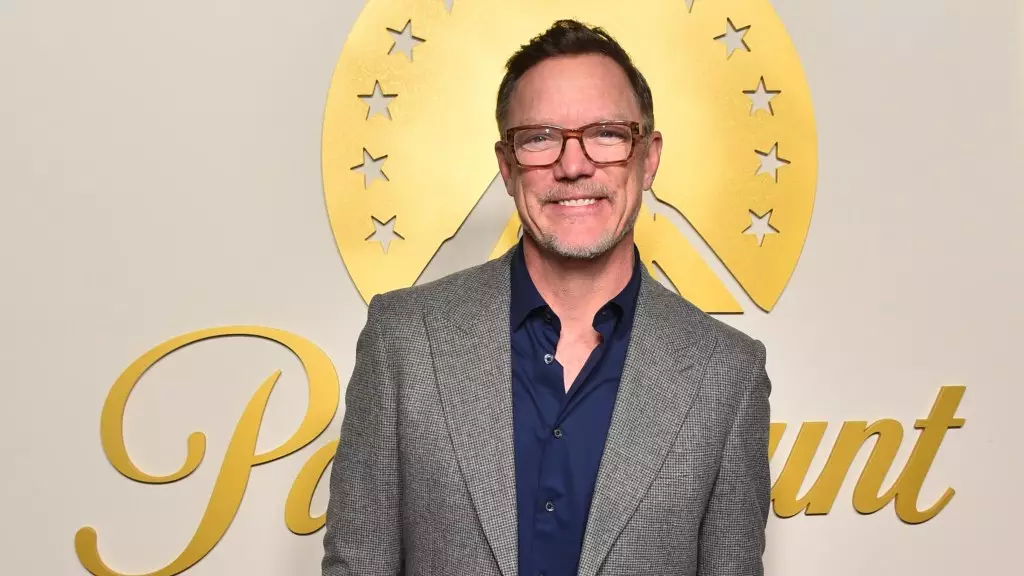Matthew Lillard’s emotional rollercoaster regarding his potential return to the iconic “Scream” franchise is a testament to the tenuous relationship artists often have with their past work. During a recent panel at Hartford’s 90s Con, Lillard expressed a genuine fear of tarnishing the legacy of a film that not only shaped his career but also became a cultural touchstone in the horror genre. It’s an anxiety many creators often face—fear of overstepping the boundaries laid by their predecessors, and the uncertainty of how their involvement will change what fans have cherished for decades.
His candidness about this fear isn’t just refreshing; it highlights a vital aspect often overshadowed in entertainment discourse: the weight of artistic legacy. The notion that one could damage a beloved franchise by simply participating in it underscores the complicated dynamics at play within Hollywood. Actors, once celebrated for their craft, can swiftly become shackled by the very roles that brought them recognition, caught between the nostalgia of audiences and the evolution of storytelling.
Back to Woodsboro: The Shadows of Past Characters
Lillard first captivated audiences as Stu Macher, a character who epitomizes the chaotic essence of “Scream.” His brutal demise, supposedly at the hands of his own design, left an indelible mark on viewers—a perfect encapsulation of horror’s unpredictability. With whispers of his return in the upcoming installment, fans are left wondering: can a character who was thought to be dead truly bring something fresh and invigorating to a new narrative? The balancing act of reviving a character while maintaining continuity is precarious, fraught with the possibility of disappointment.
“Scream,” which first terrified audiences in 1996, now finds itself at a crossroads, retrofitted to appeal to both nostalgic fans and new viewers alike. Lillard’s return signals a recognition that legacy sequels must navigate between honoring the past and innovating for the future. This duality poses an essential challenge, one where the stakes are steep, especially when pivotal characters like Stu Macher return to the fray.
The Weight of Nostalgia
Nostalgia isn’t merely a warm feeling; it can also become a burden, especially for Lillard, who frets over his ability to recapture the spark that originally set the “Scream” series alight. There is an underlying tension in his remarks—a fear of disappointing devoted fans who have held onto that past legacy with fervor. Yet, this anxiety reveals something remarkable about the evolving nature of horror; it suggests a community that craves connection and continuity, hungry for the familiar yet eager for new thrills.
Lillard’s reflections signal a profound understanding that creativity works in a cyclical manner—it evolves, refines itself, and sometimes, even pays homage to its roots. As he prepares to step back into the shoes of a character who had been left lifeless in the franchise’s wake, he embodies the thrilling, sometimes terrifying challenge of giving life to something once thought extinguished.
As fans await his resurrection in Woodsboro, one can only hope that rather than becoming a footnote in the franchise’s rich history, Lillard’s return reignites a spirit of horror that is as authentic as it is exhilarating, pushing the envelope of what has come to be expected from this beloved bloody saga.



Leave a Reply